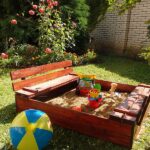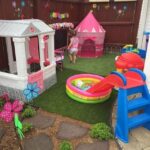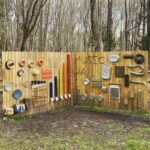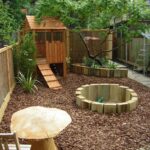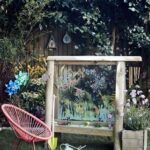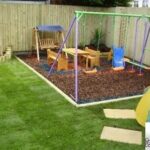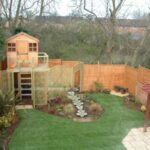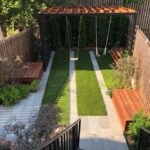1. One of the best ways to get kids interested in gardening is by creating a small garden just for them. Whether you have a large backyard or a small balcony, there are plenty of creative ways to design a kid-friendly garden that will inspire curiosity and excitement. Consider planting colorful flowers, vegetables, or herbs that are easy to care for and will provide a hands-on learning experience for little ones.
2. One idea for a small garden for kids is to create a fairy garden. This whimsical and imaginative space can include tiny houses, miniature figurines, and even small plants that resemble trees and bushes. Encourage kids to use their creativity to design their own fairy garden, complete with pathways, bridges, and other enchanted elements. This type of garden is perfect for sparking children’s imagination and fostering a love for nature.
3. Another great idea for a small garden for kids is to plant a sensory garden. This type of garden is designed to engage all five senses, with plants that have different textures, colors, and scents. Consider including plants like lavender, mint, and rosemary that kids can touch, smell, and even taste. This hands-on experience will help children develop an appreciation for nature and learn about the importance of biodiversity.
4. If space is limited, vertical gardening is a great option for small gardens. Vertical gardens can be created using hanging baskets, wall planters, or trellises to maximize growing space. Kids can help plant flowers, herbs, or small vegetables in these vertical spaces, giving them a sense of ownership and responsibility for their garden. Vertical gardening also allows for easy access to plants, making it a fun and interactive way for kids to care for their garden.
5. To involve kids in the gardening process, consider creating a themed garden based on their interests. Whether they love dinosaurs, butterflies, or outer space, you can design a garden that reflects their favorite themes. Plant flowers that attract butterflies and hummingbirds, or create a prehistoric garden with dinosaur-themed decorations and plants like ferns and succulents. This thematic approach will make gardening fun and engaging for kids while teaching them about different aspects of the natural world.
6. Finally, don’t forget to include a designated space for kids to play and explore in the garden. Whether it’s a small sandbox, a mini greenhouse, or a DIY obstacle course, having a play area will encourage kids to spend more time outdoors and engage with nature. By combining elements of play and learning, a small garden can become a magical space where kids can connect with the natural world and cultivate a love for gardening that will last a lifetime.

